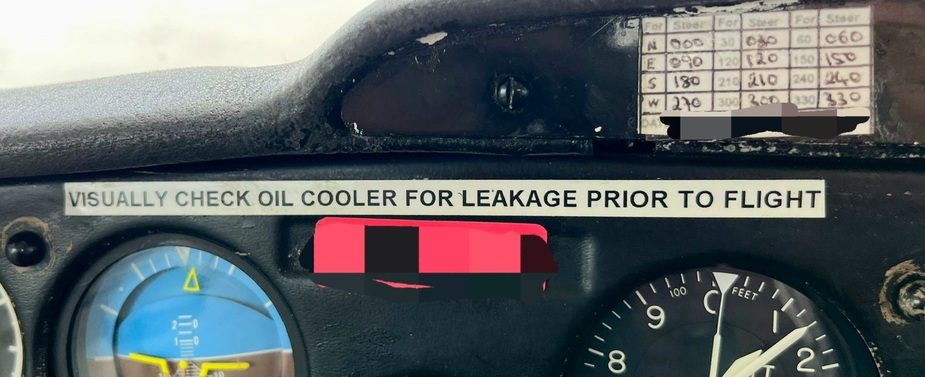This is the clock on our P210. It has a digital G-meter, but I usually use it to display bus Volts or time, except when flying in the yellow arc or very rarely if manoeuvring just to have an idea of where I am…If not used to aerobatics 2.5 g’s may feel like 4g’s…
Occasionally I also check it after flight for max G’s during the flight, but useless unless you reset it before flight (it recalls the maximum since last G reset, which FWIW may have been a year ago…)
Is this a feature pilots want? How fast or slow should it be to record a value? Should a load be maintained at least 0.1 or 0.5 seconds before it is recorded, to avoid recording if you hit your knee on the dashboard but to record actual flight loads only? Is only the load in ther vertical axis relevant or also other axis loads (bad landings maybe)?
Many ADL devices do have the AHRS hardware installed but I never made a firmware displying the g loads. Should be possible with a firmware update though.
Great idea 
You would need to make the data downloadable and analysable so one can distinguish a hard landing from airborne G.
@Antonio having done some aeros, only about 3hrs worth, I would say the difference between 2.5 and 4G is very noticeable!
You have to be really going some to pull 4G in a Cessna. If you aren’t used to aeros, doing your first loop and pulling 3G+ feels like you’re about to rip the wings off…
I’ve flown with several non-pilots who talk as if they could fly an F16, but crap themselves when you do a 60 degree bank :)
The photo in the OP is from a 152 Aerobat, the one in question being an absolute dog. It’s from a flying school with a reputation for pairtularly poor maintenance and also has this “placard” on the dash:

Antonio wrote:
This is the clock on our P210. It has a digital G-meter, but I usually use it to display bus Volts or time, except when flying in the yellow arc or very rarely if manoeuvring just to have an idea of where I am…If not used to aerobatics 2.5 g’s may feel like 4g’s…
It says there´s an FAA Approval, how about EASA approval for certified? Anybody knows?
IO390 wrote:
only about 3hrs worth
That is a substantial amount of aeros…Years ago I did a one-week course with a Yak-52, privilegedly instructed by the late Vitas Lapenas , morning and afternoon flights every day, and my logbook amassed a grand total not much higher than that…
Yeager wrote:
how about EASA approval for certified? Anybody knows?
You don’t need much of an installation approval for a clock in a private light aircraft ELA2 or less:

And as to parts approval, maybe the manufacturer can issue an FAA 8130-3 and that would be enough. Otherwise the private owner can certify the part.
Peter wrote:
doing say a hard landing is not the same as stressing the wing roots by pulling lots of G when flying
But IIRC, only vertical acceleration, e.g. Gs, are measured in the big iron world. As an example, a printout (or a FDM red flag leading to a call by the chief pilot, or even a meeting for tea with biscuits… or not) was generated at =/> 2.6 on the Bus. But a printout could also be generated in flight by heavy manoeuvring loads, and turbulence (gust loads diagram).
The difference is in the ensuing actions, and which inspections are performed. A landing exceedance will therefore concentrate on the crash landing (and take-off) gear, and others will concentrate on the feathers.
My panel records it, but doesn’t display it (although I could upgrade the software now to get it); I can see it from the download. It was useful to see after a flight I thought was very turbulent at one point: the gauge didn’t exceed 1.8g. I concluded the aircraft could take a lot more than me, which is good to know (and the right way round).
My Garmin G3X has a G meter which will automatically appear in place of the H.S.I if pulling greater than 2.1 G, or can be manually configured to be in place of the HSI all the time
